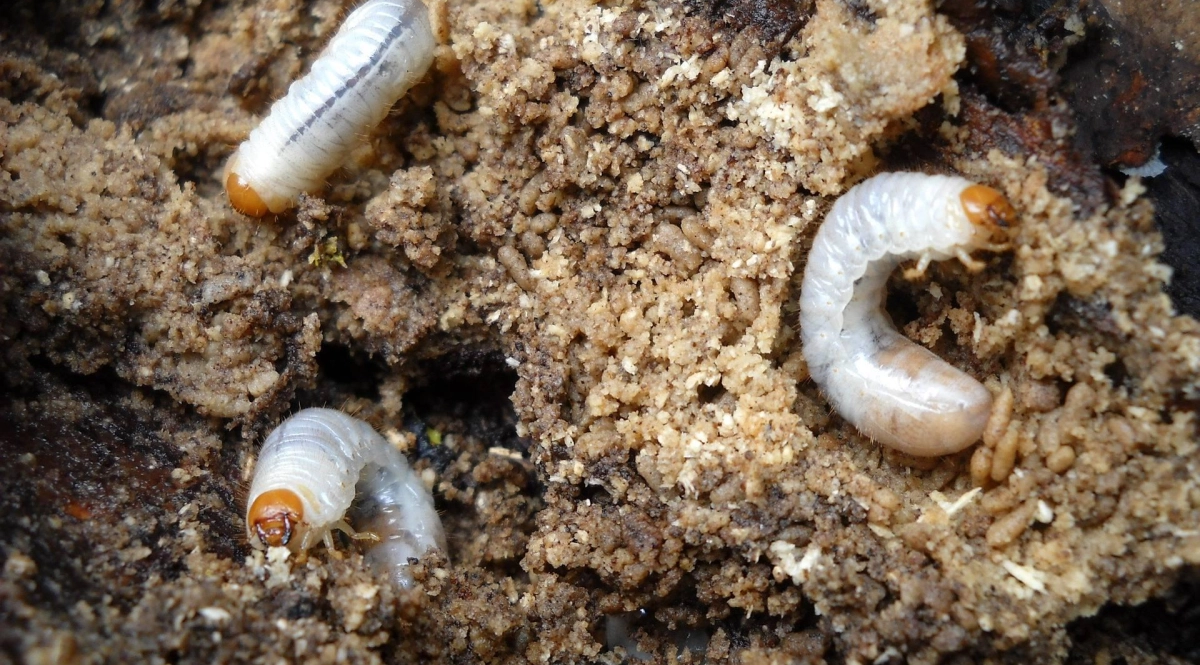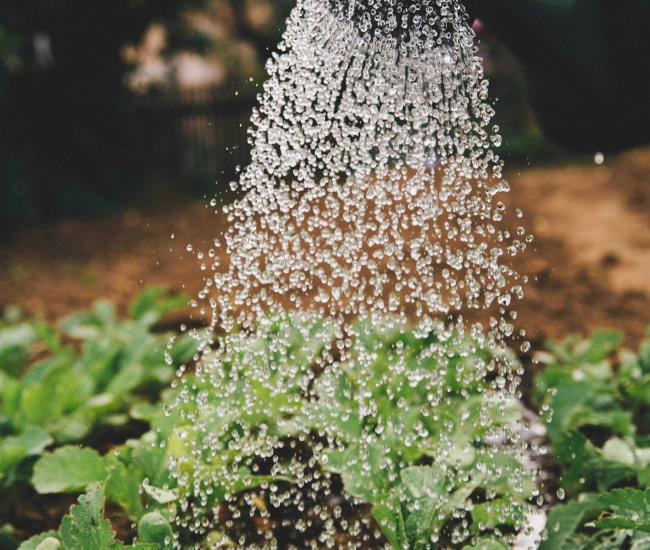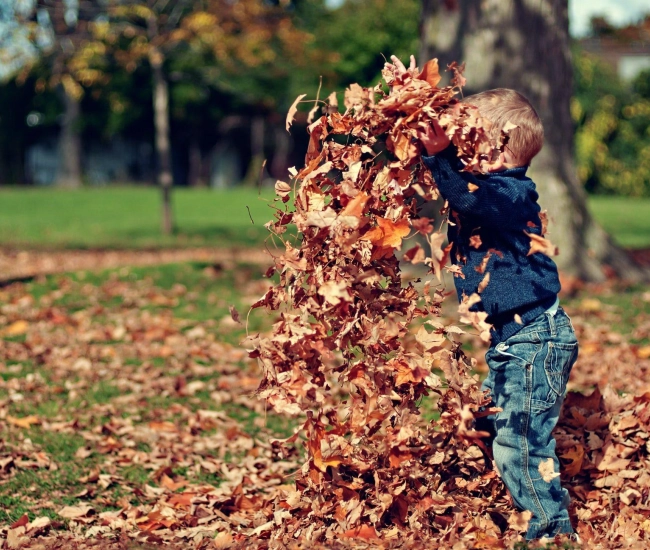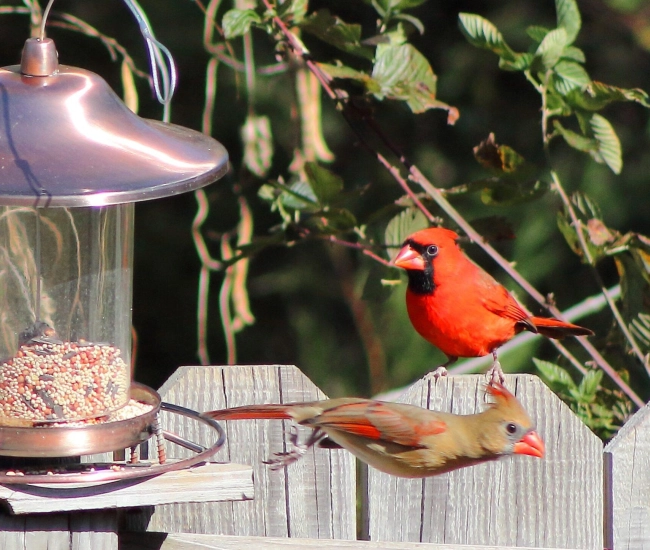
Your lawn is of poor quality: brown and presenting withered areas, dead lawn patches, lots of weeds and irregular growth? Affected parts lift easily? The cause of your problem is probably what is commonly called the white grub.
These are, in fact the larvae of June beetles or scarab beetles (common June beetle, European chafer and Japanese beetle) that feed on grass roots, therefore our lawns. The larvae of all these species have a soft, milky-white body and a brown head. At rest, they are curled up in a C shape.
Why do the white grub invade certain lawns? Fertilizers and over-used pesticides have created a natural imbalance that has led to the proliferation of this pest. Kentucky bluegrass is also one of their favorite foods.
The best solution to fight the white grub is to detect the infestation in its infancy. Cut out three sides of a 30-cm grass section that is rolled backwards.
If there are more than five to ten larvae, there is a significant infestation.
If the infestation is major, it may even be necessary to replace the damaged surface.
Note: If you see adult worms, pick them up and destroy them by crushing them or dipping them in soapy water.
Grubs
These are, in fact the larvae of June beetles or scarab beetles (common June beetle, European chafer and Japanese beetle) that feed on grass roots, therefore our lawns. The larvae of all these species have a soft, milky-white body and a brown head. At rest, they are curled up in a C shape.
Why do the white grub invade certain lawns? Fertilizers and over-used pesticides have created a natural imbalance that has led to the proliferation of this pest. Kentucky bluegrass is also one of their favorite foods.
Analysis of the situation
The best solution to fight the white grub is to detect the infestation in its infancy. Cut out three sides of a 30-cm grass section that is rolled backwards.
If there are more than five to ten larvae, there is a significant infestation.
If the infestation is major, it may even be necessary to replace the damaged surface.
6 tips to prevent the appearance of white grubs
- In the spring, we must air our lawn to allow the penetration of water and nutrients into the soil. Oxygen which our grass roots need for good growth will thus be available in larger quantities than if the soil is compacted. Take a test with a lead pencil: if you have trouble pushing it down, it’s because your soil needs aeration.
- During these pests’ courtship and laying season, from mid-June to mid-July, we can turn off our outdoor lights so as not to draw them into our yard.
- A good improvement in May with organic matter such as compost (topdressing) provides a vigorous lawn that blocks the passage of these pests during egg laying. A thin layer of compost 0.5 to 1 cm is enough. Biological fertilization is preferable to chemical fertilization because it nourishes soil microorganisms and ensures long-term treatment.
- Seedlings of grass or mixed legumes after spring top dressing strengthen our lawn. It can also be reseeded from mid-August to mid-September (the best refilling period), by recommending an endophytic herb that contains a fungus that removes white grubs.
- During the summer, especially in June and July, the lawn should be cut to a height of 6 to 8 cm (2 to 3 in.) to complicate the June beetle’s egg laying, as they prefer grass that is cut short. Large leaves also promote photosynthesis and prevent weeds from germinating.
- During dry periods, do not water often, but in a spaced and deep manner, to stimulate growth.
In the fall, remove plant debris and weeds.
Note: If you see adult worms, pick them up and destroy them by crushing them or dipping them in soapy water.
What to do in presence of white grubs?
- Organic products, containing nematodes, show some effectiveness when the population has not reached a critical threshold. In preventive control, combined with good cultivation practices, they allow for effective control of the white grub population. These nematodes feed on the larvae tissues. Their optimal use is from the end of August to the beginning of September. We can also have good results with an application from mid-May to mid-June.
- If the problem persists, there are, of course, chemical pesticides specifically designed for white grub control.
Application of an insecticide
- It is necessary to water the lawn several days before application in order for the white grubs to emerge from the ground to feed on the surface.
- Watering the lawn also allows our insecticide to better penetrate the soil and therefore reach these root grazers.
- We should use a pesticide that is the least harmful to our health and the environment.
Tips and advice



